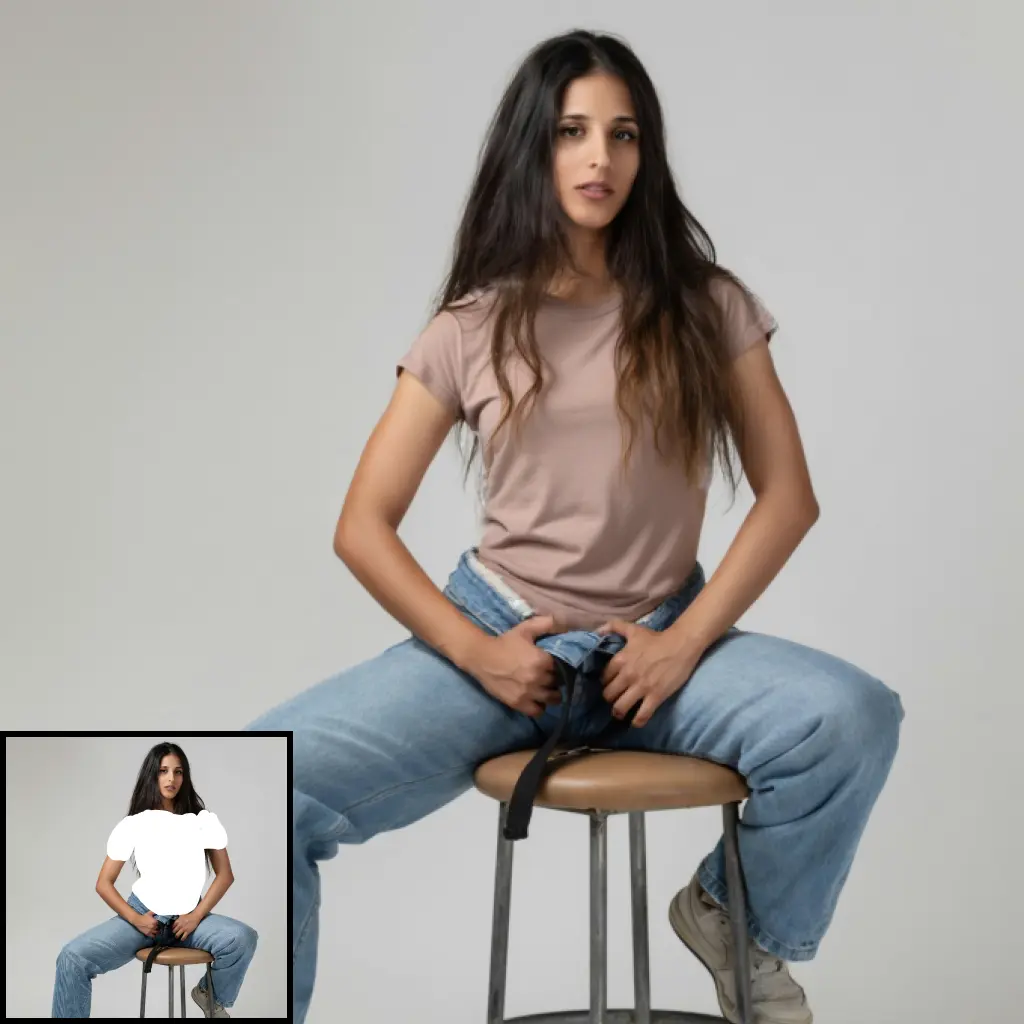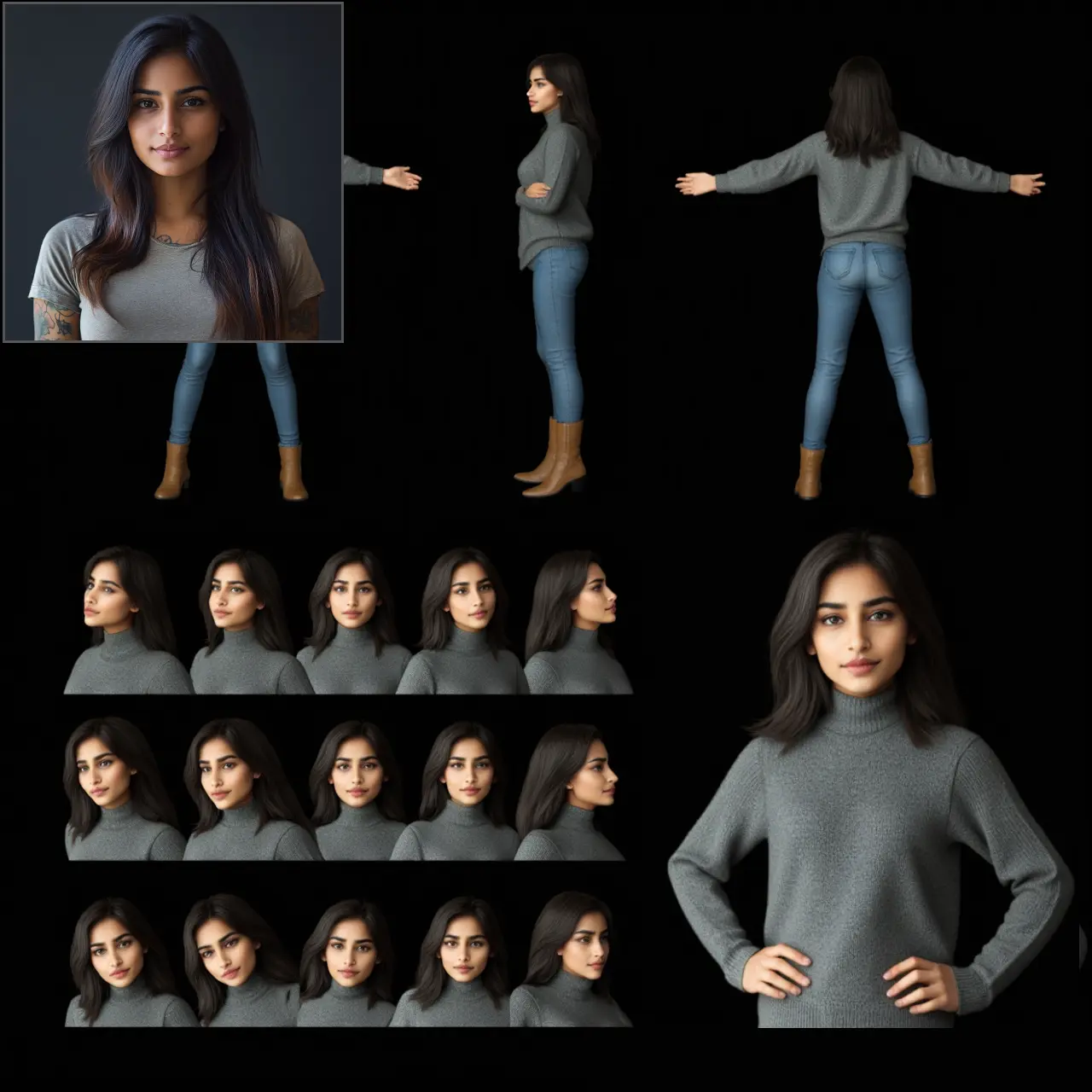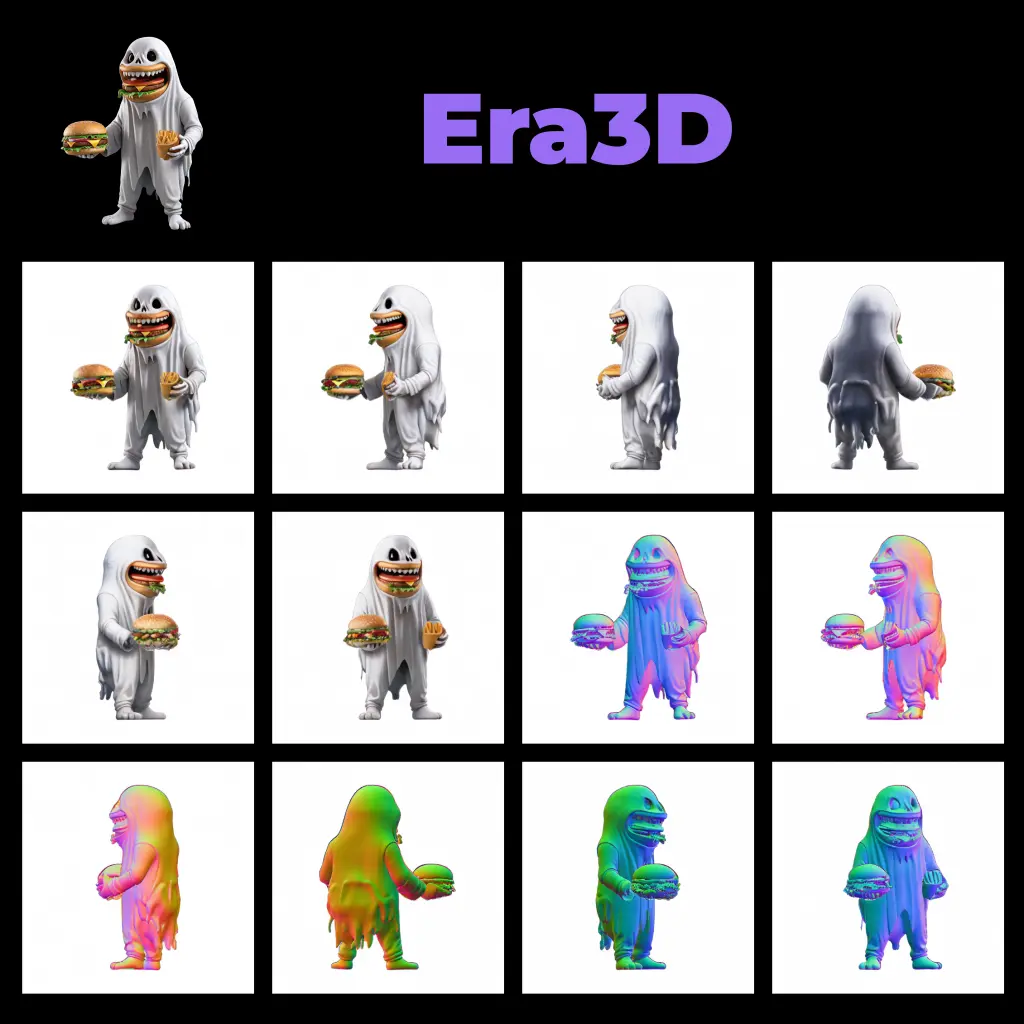ComfyUI Node: ImageClassification
ImageClassificationPipeline
CategoryComputerVision/Transformers
kadirnar (Account age: 2614days) Extension
ComfyUI-Transformers Latest Updated
2024-06-22 Github Stars
0.02K
How to Install ComfyUI-Transformers
Install this extension via the ComfyUI Manager by searching for ComfyUI-Transformers- 1. Click the Manager button in the main menu
- 2. Select Custom Nodes Manager button
- 3. Enter ComfyUI-Transformers in the search bar
Visit ComfyUI Online for ready-to-use ComfyUI environment
- Free trial available
- 16GB VRAM to 80GB VRAM GPU machines
- 400+ preloaded models/nodes
- Freedom to upload custom models/nodes
- 200+ ready-to-run workflows
- 100% private workspace with up to 200GB storage
- Dedicated Support
ImageClassification Description
Powerful image classification tool using advanced ML models for categorizing images efficiently in various applications.
ImageClassification:
The ImageClassificationPipeline is a powerful tool designed to classify images into predefined categories using advanced machine learning models. This node leverages state-of-the-art image classification models to analyze and categorize images, making it an essential component for tasks that require automated image recognition. By utilizing this pipeline, you can efficiently process and classify large sets of images, enabling applications in various fields such as digital art, content organization, and automated tagging. The primary goal of this node is to provide accurate and reliable image classification results, helping you streamline your workflow and enhance your creative projects.
ImageClassification Input Parameters:
image
The image parameter is the input image that you want to classify. This parameter accepts an image file in various formats such as JPEG, PNG, etc. The image is processed by the classification model to determine its category. Ensure that the image is clear and of good quality to achieve the best classification results.
model_name
The model_name parameter specifies the name of the pre-trained model to be used for image classification. The available option is "microsoft/resnet-50", which is a robust and widely-used model known for its high accuracy in image classification tasks. The default value is "microsoft/resnet-50". Selecting the appropriate model can significantly impact the accuracy and performance of the classification process.
ImageClassification Output Parameters:
STRING
The STRING output parameter provides the predicted category of the input image. This is a textual representation of the class label that the model has determined to be the best match for the image. For example, if the image is of a cat, the output might be "cat".
FLOAT
The FLOAT output parameter gives the confidence score of the classification. This is a numerical value between 0 and 1 that indicates how confident the model is in its prediction. A higher value means greater confidence in the accuracy of the classification. For instance, a confidence score of 0.95 suggests a very high likelihood that the predicted category is correct.
ImageClassification Usage Tips:
- Ensure that the input images are of high quality and properly oriented to improve classification accuracy.
- Use the default model
"microsoft/resnet-50"for general-purpose image classification tasks, as it is well-suited for a wide range of categories. - Consider preprocessing your images to standardize their size and format before feeding them into the pipeline to achieve consistent results.
ImageClassification Common Errors and Solutions:
"Invalid image format"
- Explanation: This error occurs when the input image is in a format that is not supported by the pipeline.
- Solution: Convert the image to a supported format such as JPEG or PNG and try again.
"Model not found"
- Explanation: This error indicates that the specified model name is not available or incorrectly specified.
- Solution: Ensure that the model name is correctly spelled and is one of the available options, such as
"microsoft/resnet-50".
"Low confidence score"
- Explanation: This warning suggests that the model is not confident in its classification result.
- Solution: Verify the quality of the input image and consider using a different model if available. Additionally, you may want to review the image to ensure it is clear and relevant to the categories the model is trained on.
ImageClassification Related Nodes
RunComfy is the premier ComfyUI platform, offering ComfyUI online environment and services, along with ComfyUI workflows featuring stunning visuals. RunComfy also provides AI Playground, enabling artists to harness the latest AI tools to create incredible art.






